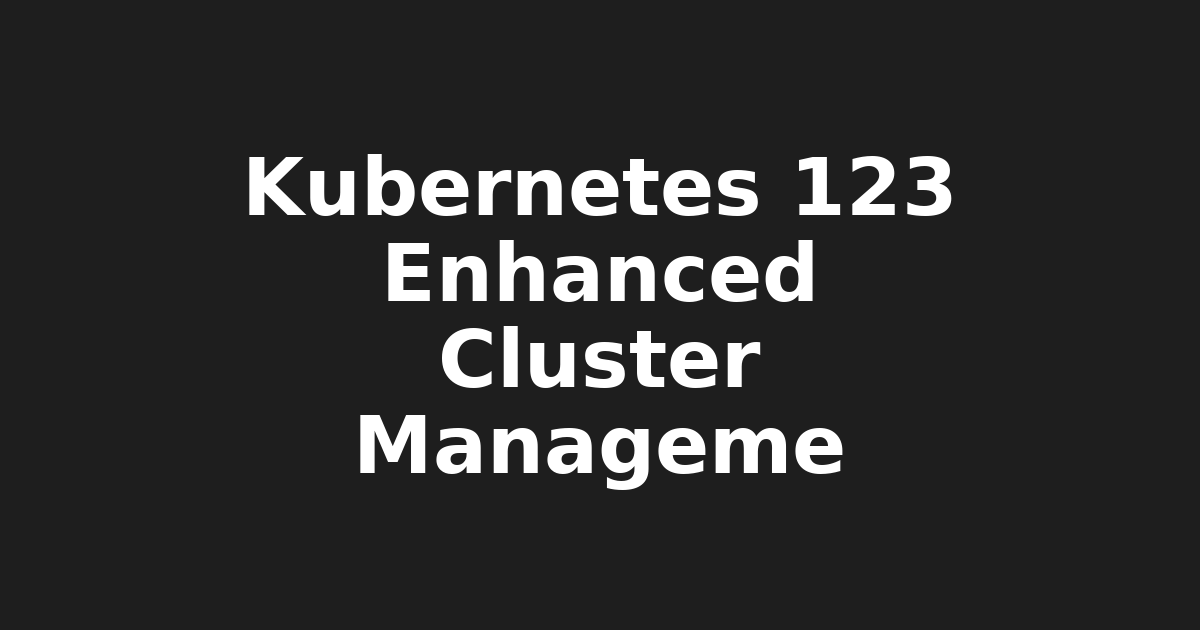🔮 Dive into Kubernetes 1.23: Enhanced Cluster Management, CRDs, & API Server…

containerization with Kubernetes: A game-changer for Developers, Linux Users, and IT Pros 🐳💻🚀
Hey there Tech Fans! Josh from KeepItTechie here, your friendly Linux educator helping you navigate the tech world without breaking a sweat. Today, I'm super excited to talk about something that's causing quite a stir in the Open Source community - Containerization with Kubernetes, specifically the latest release of Kubernetes 1.23!
Now, if you haven't heard about Kubernetes yet, you might want to grab a seat because it's one of the hottest topics among IT professionals today. Think of it as your very own Captain Kirk, navigating the universe of containerized applications across industries! 🌌
The latest version (1.23) comes packed with some awesome new features, making application deployment and management smoother than ever before. Here's what I'm most thrilled about:
- Cluster API v1alpha4 🚀 - Now, Kubernetes can create entire clusters on various cloud providers using custom resources. It's like your very own Starfleet Academy for containerized apps! 🏋️🌟
- Custom Resource Definitions (CRDs) 💪 - These enhancements bring better support for multi-tenancy and security through role-based access control (RBAC). It's like having your very own security detail, ensuring everything runs smoothly. 🕵️♂️
- Improved PodDisruptionBudget 🛡 - This feature allows users to define a minimum number of replicas that must be available during disruptions, ensuring high availability. It's like having a backup crew on standby! 👨🚀
- Simplified API server resource quotas 🔄 - With this update, you can now limit the amount of resources used by namespaces or individual pods with an easier-to-understand quota system. It's like setting boundaries in your own little tech universe! 🌐
As a DevOps professional, I can tell you these updates are a game-changer. Not only do they enable more efficient deployment and management of applications using containers within a Kubernetes environment, but they also future-proof your skills for the ever-evolving tech landscape.
Now, if you're wondering about the stats behind this trend, let me share some eye-opening numbers: According to Statista, the container market is expected to grow from $2.73 billion in 2018 to a whopping $6.72 billion by 2025. That's a lot of starships out there! 🌟
As we journey through the tech world together, I encourage you to embrace these changes and explore the exciting possibilities that Kubernetes has to offer. The future is containerized, my friends, and it's up to us to navigate it effectively.
So, let's set our phasers to learn and conquer the challenges ahead! 🚀🖖️
Stay techy and remember: With Kubernetes at your fingertips, the universe of containerized applications is yours for the taking! 🌟🚀💻
🙋♂️ This post was brought to you by Josh from KeepItTechie — helping you break into tech, one command at a time.
